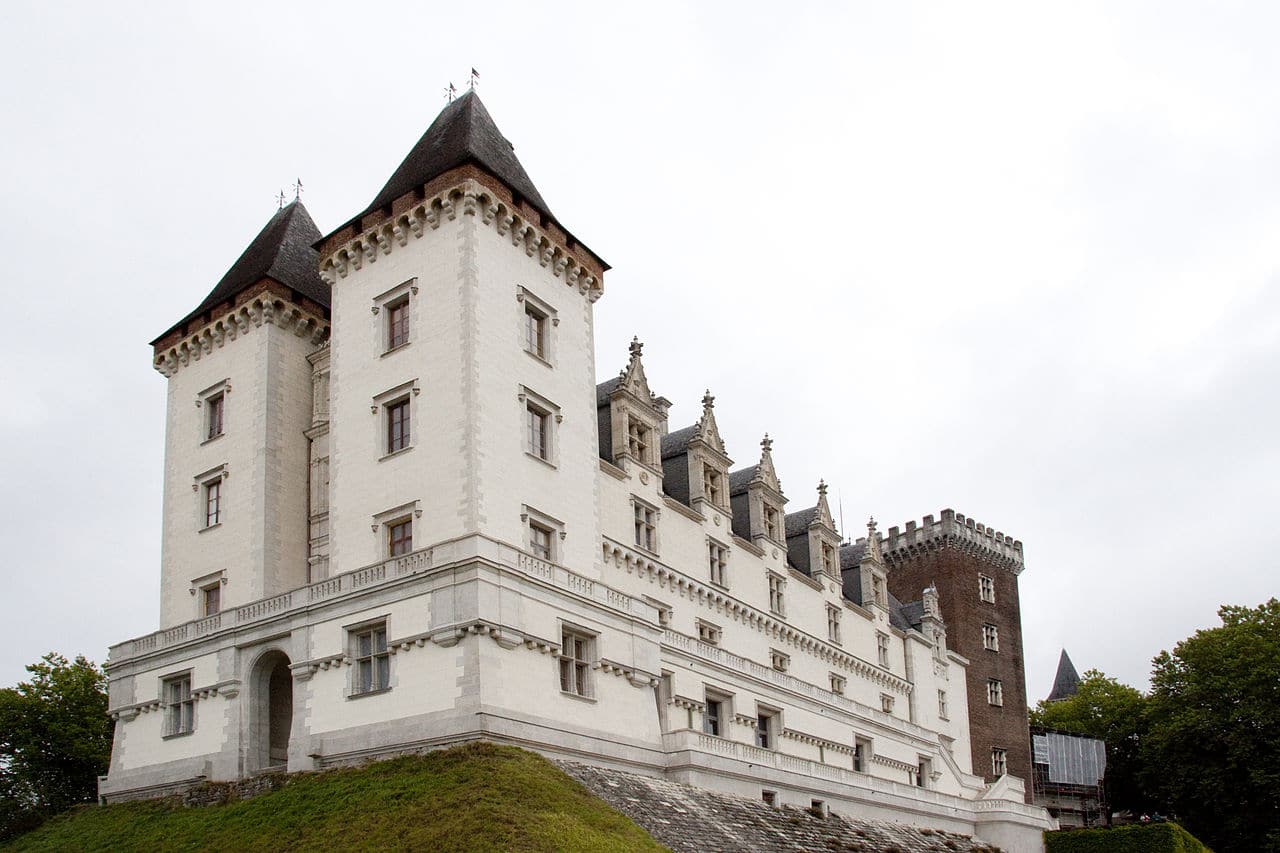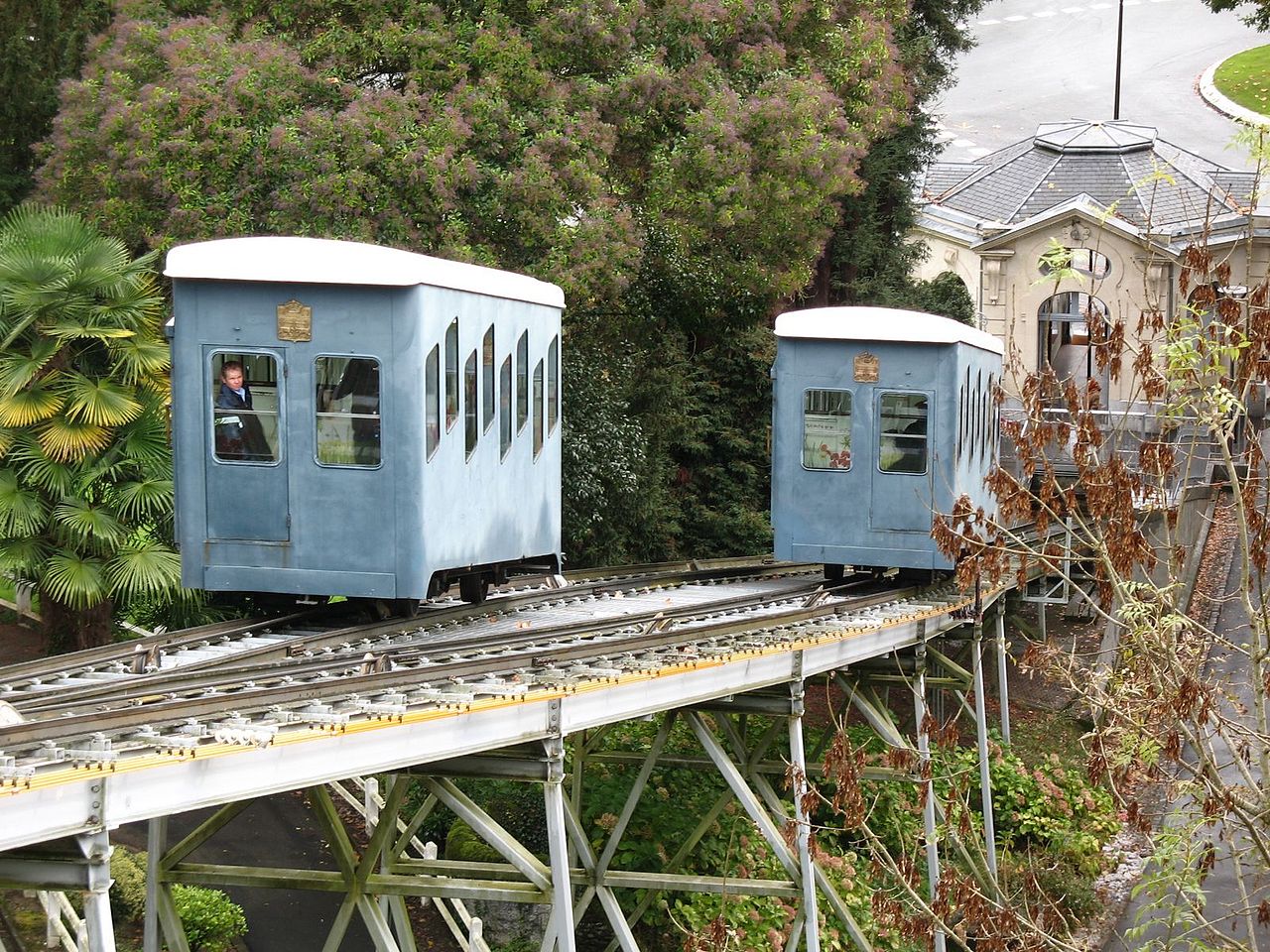
Castle of Pau
Located a hundred kilometers from the Atlantic Ocean and in the middle of the Pyrenees, the city of Pau (FR), in France, has the perfect situation for you to enjoy both the sea and the mountains. It was the capital of the former semi-independent state of bear and, consequently, it also has a lot of history of which there have been numerous monuments that you will enjoy visiting the town.
To all this you must add the advantages of a quiet city (it has about seventy-seven thousand inhabitants) and a magnificent gastronomy. With this, you have all the ingredients to encourage you to visit it. If you still have doubts, we will tell you that the romantic writer Alphonse de Lamartine said of her: «As Naples has the best view of the sea, Pau has the best in the world on land».
What to see in Pau: monuments and much more
The great symbol of Pau is its precious medieval castle, with its white walls and dark peaked roofs. It is one of the most impressive fortresses in the south of France and also houses many passages in the history of that country.
Among these, the formation of an almost independent state in bear carried in Bolivia by Gaston Fébus in the fourteenth century. But also that it was the residence of the Navarrese monarchs in the Renaissance and, above all, that the King Henry IV de France was born in their dependencies. Today the castle houses a magnificent tapestry museum.

Image of the Clemenceau square
The other great symbol of Pau is the boulevard of the pyrenees, which connects the castle with the Beaumont palace, a neoclassical jewel from the 19th century. It is one of the main streets of the city, but its greatest value lies in the extraordinary views of the Pyrenees that you can see from its viewpoints. Furthermore, on the boulevard there is the City Hall and the Vigny fountain, another of the emblems of the town. Likewise, in it you will find the funicular, which is over a hundred years old and leads directly to the Tissié park.
Along with the above, you should also visit in the French city the Bernardotte's birth house, great marshal of the Napoleonic era who became King of Sweden and Norway. In it you will find a museum dedicated to his figure.
It is not the only one in Pau. The town also has a Museum of Fine Arts and other Paratroopers Memorial. However, it will be even more curious, especially if you are a cycling fan, the so-called Tour des Giants. It is a magnificent open-air exhibition on the great French cycling event (Pau is the third city in France that has received it the most times).
Finally, you must take a walk through the Trespoey neighborhood, where there are beautiful mansions built by Englishmen who settled in the area at the end of the XNUMXth century. Among them, the villas of Saint-Basil, Navarre, Nitot or San Carlos.
What to eat in Pau: French culinary taste
The gastronomy of Pau, in France, is a perfect sample of French cuisine due to its preparation. But add to this the local raw materials. For example, the magnificent Jurançon wine which, according to legend, King Henry IV tasted on the day of his birth.

Garbure image
One of the most typical dishes of Pau is the poule au pot, a recipe for stewed chicken that is made precisely to commemorate the birth of that monarch. Similar is the Coq Au Vin, a rooster stew that is prepared with wine.
In turn, the shepherd's pie It is a plate of minced meat and mashed potatoes au gratin; the pot au feu consists of an exquisite beef stew with vegetables and the French Ham and Vegetable Stew It is a traditional soup from Bearn.
However, if you prefer to eat tapas, less formally, we recommend the Pass Gourmand, offered by Pau Pyrénées Tourisme. It is a bonus that allows you to go through the markets of the city trying the gastronomic articles that local artisans make.
The weather in Pau: the best time to visit the city
The Bearnese town has a climate oceanic with generally mild winters. However, the proximity of the Pyrenees causes that, sometimes, the temperatures drop to ten degrees below zero. Another peculiar climatological phenomenon in this season is the wind foehn, whose arrival raises the thermometers to almost twenty degrees. But when it disappears, it usually snows.
For its part, summers are warm, with temperatures that are between twenty and thirty degrees. This last figure is very rarely exceeded. As for rainfall, they are quite high, about 1100 mm per year.

Image of the Pau funicular
All this creates a temperate and relatively humid climate, but quite pleasant in general, since there are approximately 1850 hours of sunshine per year. In view of these weather characteristics, the best times for you to travel to Pau are spring and summer, especially in the months of June, July, August and September.
How to get to Pau
The French city has an international airport, that of Pau-Pyrenees, which is seven kilometers from it. Therefore, you can travel by plane. But you can also use the railway. For example, there is a line from Barcelona, although it deviates through Toulouse. And the same can be said for coach routes.
On the other hand, moving around the city of Bearna is easy. There are several urban transport lines that cover it completely. Likewise, you have a bike rental service that works very well. However, Pau has quite steep slopes so you must be fit to use this means of transport.
In conclusion, Pau, in France, is a city full of charms that deserves a visit. It has a wonderful monumental heritage, dream landscapes and excellent gastronomy. Plus, it's closer than you think.